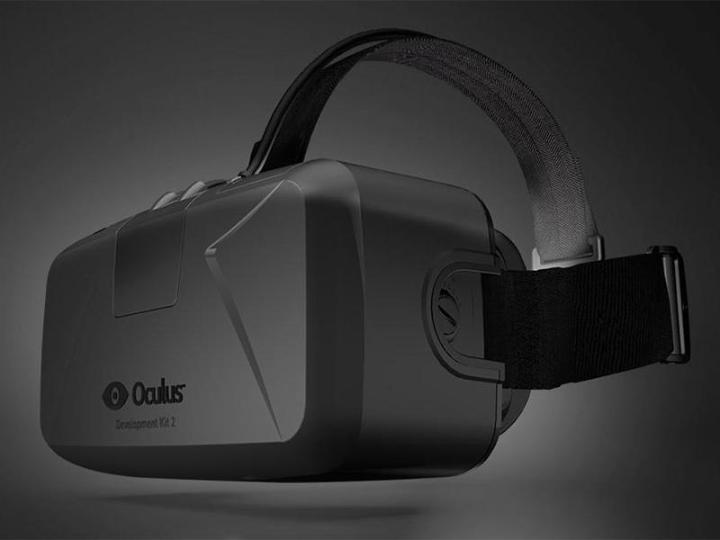
The Chrome news comes courtesy of Google’s Brandon Jones, who explains how Web developers could include VR components within pages: “In the case of a piece of clothing you could see it on a virtual mannequin, walk around it, lean in and examine the stitching, and so on as if it were actually sitting right in front of you,” he writes. “You could also imagine similar experiences with educational tools, data visualization, mapping, and so on.” Online gaming is another area where virtual reality could be implemented.
The new VR capabilities have been added to Chromium, an early build of Chrome used to test out experimental features and work through bugs in the software. That means It will be some time before it comes to the stable versions of Chrome used by the majority of its users. Jones provides links to the Chromium builds and some demos if you want to try out the technology (and have access to a compatible headset).
As for Firefox, within the last month Mozilla developers have also been speaking about how best to implement the technology in the Firefox browser. Mozilla’s Vladimir Vukićević has written a blog post on some of the technical specifications of the new software. As with Chrome, development is still at the very early stages, but there are demos you can test out through an Oculus Rift.
“The opportunity for VR on the Web is particularly exciting,” says Vukićević. “The Web is a vibrant, connected universe where many different types of experiences can be created and shared. People can be productive, have fun and learn all from within their browser.”


